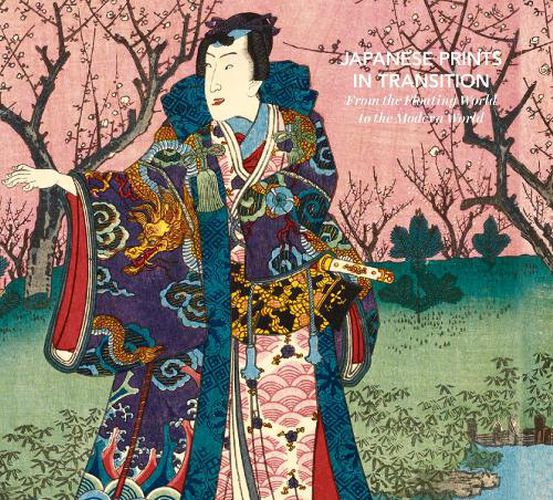Readings Newsletter
Become a Readings Member to make your shopping experience even easier.
Sign in or sign up for free!
You’re not far away from qualifying for FREE standard shipping within Australia
You’ve qualified for FREE standard shipping within Australia
The cart is loading…






In 1868, Japan underwent a dramatic transformation following the overthrow of the shogun by supporters of Emperor Meiji, marking the end of feudal military rule and ushering in a new era of government that promoted modernizing the country and interacting with other nations. Japanese print culture, which had flourished for more than a century with the production of color woodcuts (the so-called ukiyo-e, or floating world images), also changed course during the Meiji era (1868-1912), as societal changes and the once-isolationist country’s new global engagement provided a wealth of new subjects for artists to capture. Featuring selections from the renowned Achenbach Foundation for Graphic Arts’ permanent collection, Japanese Prints in Transition: From the Floating World to the Modern World documents the shift from delicately colored ukiyo-e depictions of actors, courtesans, and scenic views to brightly colored images of Western architecture, modern military warfare, technology (railroad trains, steam-powered ships, telegraph lines), and Victorian fashions and customs.
$9.00 standard shipping within Australia
FREE standard shipping within Australia for orders over $100.00
Express & International shipping calculated at checkout
In 1868, Japan underwent a dramatic transformation following the overthrow of the shogun by supporters of Emperor Meiji, marking the end of feudal military rule and ushering in a new era of government that promoted modernizing the country and interacting with other nations. Japanese print culture, which had flourished for more than a century with the production of color woodcuts (the so-called ukiyo-e, or floating world images), also changed course during the Meiji era (1868-1912), as societal changes and the once-isolationist country’s new global engagement provided a wealth of new subjects for artists to capture. Featuring selections from the renowned Achenbach Foundation for Graphic Arts’ permanent collection, Japanese Prints in Transition: From the Floating World to the Modern World documents the shift from delicately colored ukiyo-e depictions of actors, courtesans, and scenic views to brightly colored images of Western architecture, modern military warfare, technology (railroad trains, steam-powered ships, telegraph lines), and Victorian fashions and customs.